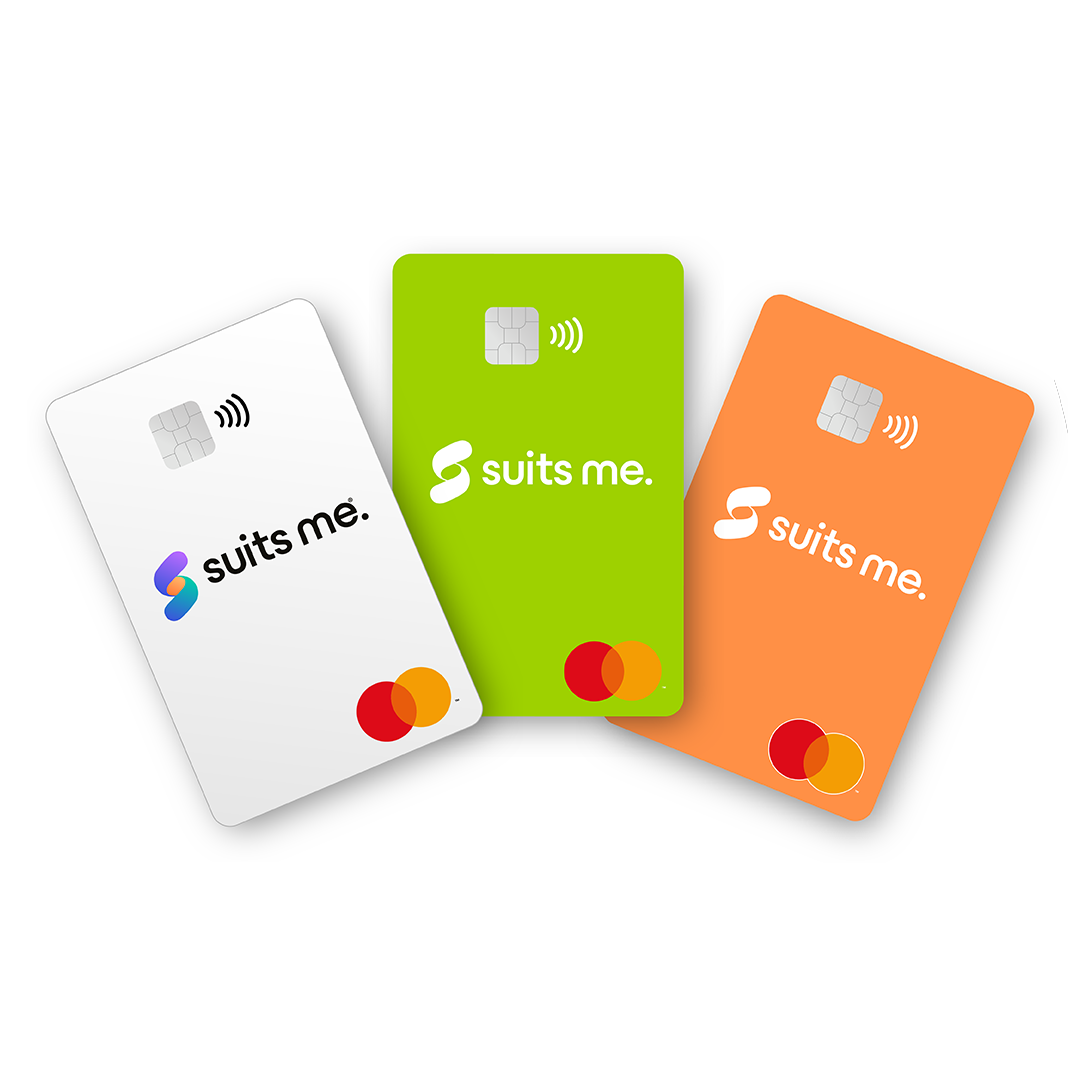
You may have used a standing order at some point or seen the option available to you on your online bank account but have you ever considered why this method of payment was ever invented in the first place? Read our overview and brief history of standing orders and find out how and why they are used.
Why Did Banks Introduce Standing Orders?
Banks created standing orders to help customers send money while staying in control. This lets customers manage exactly what funds go to their recipients. By allowing customers to create and maintain their own payments to businesses and individuals, banks made it easier for their clients to pay bills on time as and when they needed to.
How Do They Work?
Customers use standing orders to manage money transfers, choosing how much to send and when to send it.
If you have an online bank account or mobile banking app, you can usually log in and set up a standing order online so that it is set up immediately. Once you have completed the setup process, you just need to ensure that you have the correct amount of money in your account to cover the payment on the date you specified.
If you lack sufficient funds on the payment day, the standing order won’t go through. You’ll need to arrange an alternative payment method for that month to avoid arrears.
Why Are Standing Orders a Good Choice?
If you’re unsure whether a standing order is right for you, review the benefits listed below before deciding:
- You control when you send money and how much you send.
- There are generally no costs or minimal costs to set up and/or maintain a standing order.
- If your payment date or amount changes, you can simply go onto your online bank or banking app and amend them.
- You can avoid overpaying by specifying the number of payments before canceling your standing order.
What Can I Use a Standing Order to Pay?
When it comes to deciding if you should use a standing order, then you will need to know who you can pay with this method. The following are just some examples of when a standing order can be used:
- Paying regular bills such as credit cards or utilities.
- Paying individuals who you send money to on a regular basis.
- Paying your rent or expenses.
- Paying for subscriptions that you have signed up for.
When you consider that all UK banks offer Standing Order facilities to customers, you will begin to understand how well used this system is. The great news is that you can usually log in to your internet banking or banking app and set it up for yourself without any hassle. The next time you need to arrange a regular payment, why don’t you try a standing order out?





